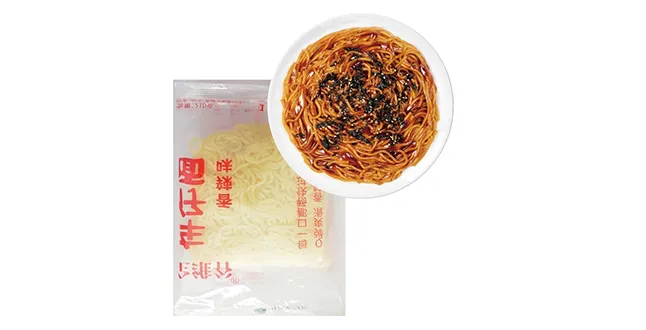Nutrient-Rich Dried Buckwheat Soba Noodles for Healthy Meals
The Nutritional and Culinary Benefits of Dried Buckwheat Soba Noodles
Buckwheat soba noodles have gained significant popularity, not only for their unique flavor and texture but also for their impressive health benefits. Made primarily from buckwheat flour, these noodles are a staple in Japanese cuisine, often served hot in soups or cold with dipping sauces. In recent years, the global health community has increasingly acknowledged the nutritional advantages of incorporating dried buckwheat soba noodles into daily diets.
Nutritional Profile
Dried buckwheat soba noodles are a great source of essential nutrients. Unlike traditional wheat-based noodles, buckwheat is gluten-free, making it an excellent alternative for those with gluten intolerances or celiac disease. Rich in complex carbohydrates, soba noodles provide a sustained release of energy, ideal for athletes or anyone looking to maintain their energy levels throughout the day.
Additionally, buckwheat is loaded with protein, containing all nine essential amino acids, which is relatively rare for a plant-based food. This makes soba noodles particularly appealing for vegetarians and vegans who may find it challenging to get sufficient protein in their diets. Furthermore, the noodles are abundant in dietary fiber, aiding digestion and promoting a feeling of fullness, which can be beneficial for weight management.
Buckwheat is also known for its high antioxidant content, notably rutin, which is believed to help improve circulation and strengthen blood vessels. The presence of various vitamins and minerals—such as magnesium, phosphorus, and vitamin B6—further elevates the nutritional value of soba noodles.
Culinary Versatility
dried buckwheat soba noodles

Beyond its health benefits, dried buckwheat soba noodles offer culinary versatility. They can be enjoyed in various dishes, making them an excellent pantry staple for anyone looking to explore healthier meal options. These noodles can be cooked quickly—usually within 4 to 5 minutes—making them a convenient choice for busy weeknight dinners.
One of the most popular ways to serve soba noodles is cold, especially during warmer months. Chilled soba, often enjoyed with a dipping sauce made of soy sauce, mirin, and scallions, provides a refreshing dish that retains the nutty flavor of buckwheat. This dish is not only delicious but can also be customized with various toppings, such as sliced cucumbers, radishes, and sesame seeds, enhancing both the taste and nutritional value.
Hot soba noodle soups are another favorite, providing comfort during colder months. A simple broth made with dashi, soy sauce, and vegetables can create a nourishing soup that warms the soul. Adding protein sources such as tofu, chicken, or eggs helps make a complete meal, providing additional flavors and textures.
Sustainability and Ethical Considerations
In addition to the personal health benefits, buckwheat cultivation is generally more sustainable compared to traditional wheat farming. Buckwheat requires fewer pesticides and herbicides and has a shorter growing season. It is also often grown in rotation with other crops, improving soil health and reducing the need for chemical fertilizers. By choosing dried buckwheat soba noodles, consumers can contribute to more sustainable agricultural practices.
Conclusion
Dried buckwheat soba noodles are more than just a delicious addition to a meal; they are a gateway to better health, sustainability, and culinary exploration. Their unique texture and flavor, combined with a powerhouse of nutrients, make them a fantastic choice for anyone looking to enhance their diet. Whether enjoyed cold or hot, soba noodles offer endless possibilities, allowing individuals to incorporate this wholesome ingredient into an array of dishes. As dietary preferences continue to evolve towards healthier options, buckwheat soba noodles stand out as a nutritious, versatile, and environmentally friendly choice for all.
-
Unleash Your Inner Chef with Delectable Italian Pasta CreationsNewsAug.01,2025
-
Savor Health and Flavor: Irresistible Soba Noodles for Sale Await!NewsAug.01,2025
-
Nourish Your Body with Premium Organic Ramen - A Culinary Delight AwaitsNewsAug.01,2025
-
Elevate Your Dishes with Our Exquisite Kinds of Egg NoodlesNewsAug.01,2025
-
Dive into Flavorful Convenience with Our Ramen OfferingsNewsAug.01,2025
-
Discover Exquisite Types of Naengmyeon and Chilled Soba NoodlesNewsAug.01,2025
-
Is Whole Wheat Pasta Healthy?NewsMay.30,2025
Browse qua the following product new the we

















































































































